Many experts believe that the Petroleum Price Stabilization Fund does not help stabilize prices, so it should be abolished and managed using tax, fee and reserve tools.
Since January 4, gasoline prices have increased 8 times and decreased 6 times. Diesel prices have increased 8 times and decreased 6 times. Currently, each liter of RON 95-III is 2,890 VND more expensive, and diesel is 1,620 VND more expensive than at the beginning of the year. Correspondingly, gasoline prices have increased by 13% and diesel prices have increased by 8% during this period.
However, since the operating period on October 23 last year, the authorities have continuously not used the stabilization fund. Currently, the balance in this fund is more than 6,655 billion VND by the end of 2023, an increase of more than 2,000 billion VND compared to the previous year, according to the Ministry of Finance .
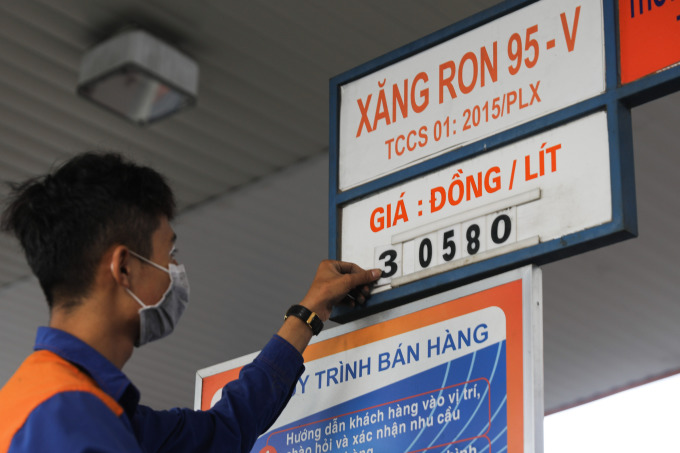
Staff adjust prices at a gas station on Truong Chinh Street, Tan Binh District, Ho Chi Minh City on May 11, 2022. Photo: Quynh Tran
"The fund is to stabilize the market, but to have nearly 7,000 billion VND remaining and not being used, we need to question its management and operation," said trade expert Vu Vinh Phu, adding that the reduction in gasoline prices will greatly support the economy because the first quarter of the year is a necessary time to stimulate purchasing power. According to a report by the Ministry of Planning and Investment, the growth rate of domestic consumer demand in the first quarter was lower than the same period in 2023 and the years before the pandemic from 2011 to 2019.
The price stabilization fund is being set up and used according to the instructions in Circular 103/2021. Accordingly, this fund can only be used when the difference between the base price of the announced period and the base price of the previous period immediately following the management period increases by 7% or more. When the price decreases by more than 5%, the fund can be set aside more, in addition to 300 VND per liter as prescribed.
Comparing recent periods, the difference between the base prices of consecutive published periods is below 7%. Therefore, the management agency's failure to use the Price Stabilization Fund is in accordance with regulations.
The problem is, according to experts, this principle does not ensure the stabilization goal, and lacks a basis for regulating when to withdraw and release funds. They believe that the management agency needs to have a more flexible and practical operating plan.
This shortcoming is also acknowledged by the Ministry of Industry and Trade , which is expected to amend it when drafting a new decree on petroleum trading. In the draft decree currently seeking comments, the Ministry proposes to specify the cases of setting aside and using the fund. Specifically, they propose that in the case of world petroleum prices increasing to a certain level, such as above 120 USD per barrel and maintaining for 15 consecutive days, the Ministry of Industry and Trade - Finance will report to the Government to decide on setting aside and using the fund.
According to the Ministry of Industry and Trade, the new mechanism helps to set up and use the petrol price stabilization fund regularly and continuously, in accordance with the provisions of the Law on Prices.
However, expert Nguyen Minh Duc, Vietnam Chamber of Commerce and Industry (VCCI), said that the above proposal is "unfeasible and not very meaningful". "So, to reduce the price of gasoline by 1,000 VND per liter, the Government also needs to decide?", Mr. Duc asked, saying that this mechanism will add steps and procedures when managing gasoline prices.
This expert analyzed that the Stabilization Fund was introduced with the philosophy of "taking the peak to compensate for the bottom" to "smooth" price movements. That is, when the price increases to the peak, the fund will be used to hold it down, and when the price decreases to the bottom, the fund will be used for reserve. However, the world oil price has a point of continuous fluctuation, so it will be difficult for the operator to predict the peak - bottom to decide whether to deposit or discharge the fund.
"Suppose the price exceeds 120 USD for fund discharge, below 50 USD for fund recharge. But they will not know how long that price will last," Mr. Duc said, adding that if the price is higher than the prescribed threshold for a long time leading to negative fund, the operator will eventually have to increase the price according to the world.
Sharing the same view, Mr. Bui Ngoc Bao, Chairman of the Vietnam Petroleum Association (VINPA), also pointed out that the Petroleum Price Stabilization Fund was only effective during the period 2012-2016, when petroleum prices were relatively stable, increasing and decreasing with a modest frequency of 100-200 VND each time, and evenly among products.
After that, especially from 2021-2022, the fund had many shortcomings due to the high increase and decrease amplitude, while the compensation or deduction level was too low, so it was not effective. Moreover, the items fluctuated in opposite directions, leading to inequality. "For example, if gasoline prices increase, the price stabilization fund must be used to compensate, but if diesel prices decrease, the fund must be used. Thus, diesel users must compensate gasoline users," he said. Not to mention, many businesses have negative funds due to selling items that require more compensation from the fund.
Therefore, these experts maintain that the Petroleum Price Stabilization Fund has completed its "mission" and it is time to abolish this fund. Instead, the management agency should use a combination of tax, fee and petroleum reserve tools to operate.
Regarding petroleum reserves, expert Nguyen Minh Duc said that it could be in the form of national reserves or through the circulation of key enterprises. "When world prices are high, the State will sell or allow enterprises to reduce reserves to a certain threshold, which will help increase supply in the market and cool down prices," he said.
Similarly, with tax tools, including environmental protection tax and special consumption tax, when prices are high, the State reduces these tax rates to help reduce prices and stabilize the market.
Not to mention, the Stabilization Fund is established at enterprises when the Ministry of Industry and Trade grants business licenses to key enterprises. However, this leads to the risk of enterprises misappropriating the fund. Some units such as Thien Minh Duc Group, Xuyen Viet Oil, Hai Ha Petro are being investigated for violations in the use of this fund. At the same time, the fund is at risk of losing thousands of billions of VND because traders do not return the remaining fund despite the management agency repeatedly demanding the debt.
Dr. Nguyen Quoc Viet, Deputy Director of the Institute for Economic and Policy Research, said that eliminating the fund would minimize the opportunity for interest groups to form.
If the fund is maintained, experts say there should be regulations to strictly manage it and increase the responsibility of relevant parties to avoid the risk of fund misappropriation.
Lawyer Truong Thanh Duc, Head of Policy Consulting & Review Board, Vietnam Association of Corporate Directors, proposed to regulate an intermediary agency to manage the fund.
Another expert suggested changing the management method to inspect and supervise the fund after each price adjustment period. At the same time, the State needs to define responsibilities when violations occur in the management agency.
Phuong Dung
Source link












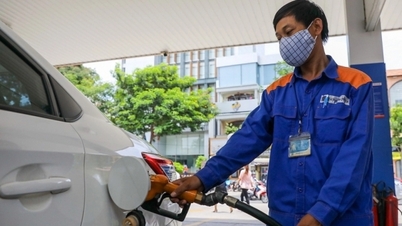







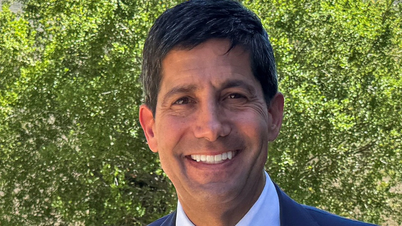















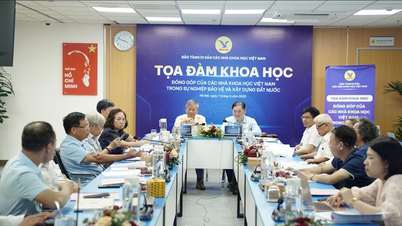















































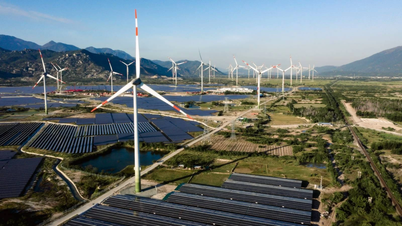









![[OCOP REVIEW] Tu Duyen Syrup - The essence of herbs from the mountains and forests of Nhu Thanh](https://vphoto.vietnam.vn/thumb/402x226/vietnam/resource/IMAGE/2025/6/5/58ca32fce4ec44039e444fbfae7e75ec)







Comment (0)